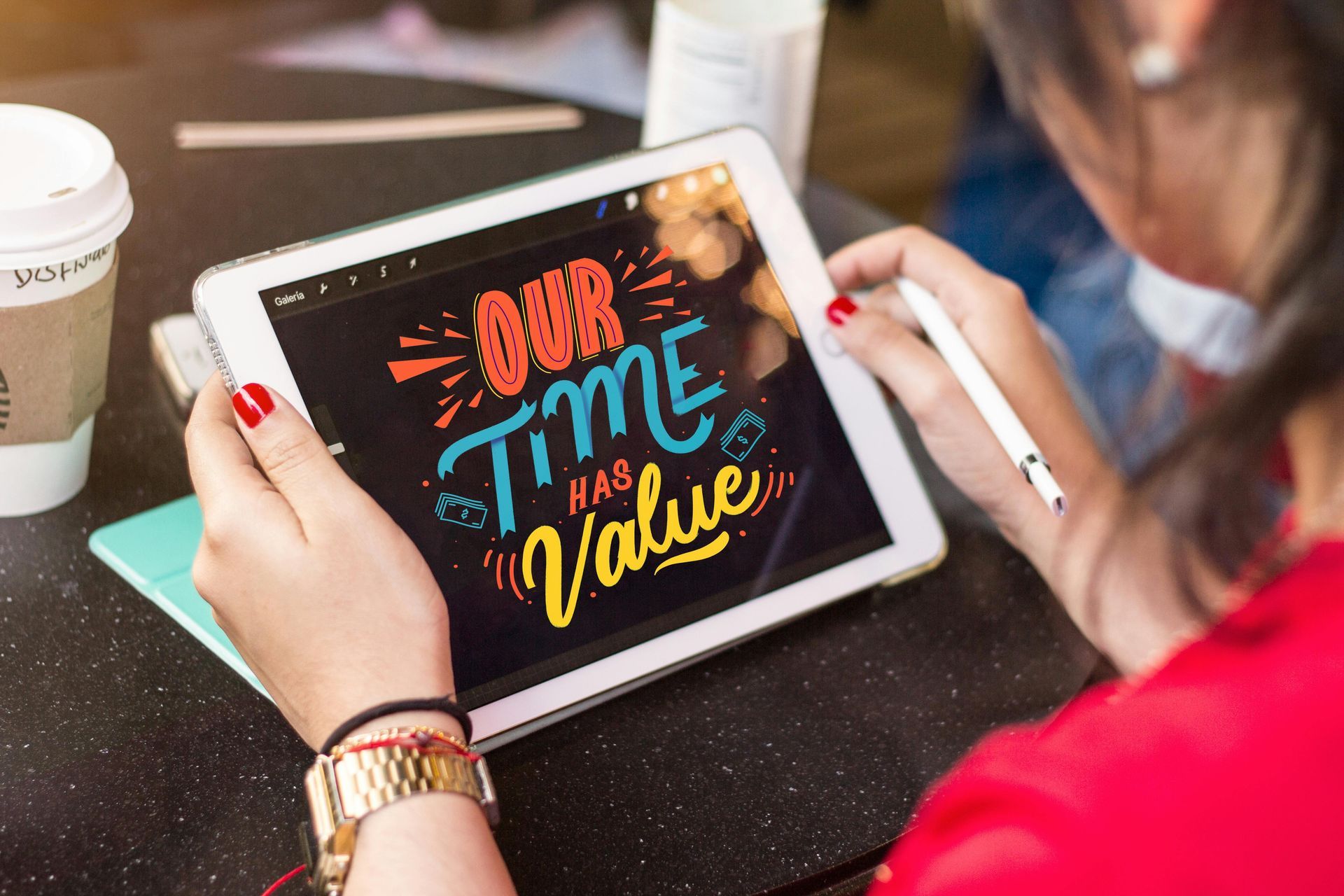From Unknown to Unmissable: How PR Can Elevate Your Travel Brand’s Reputation
In the travel trade industry, reputation is everything. Whether you’re a tour operator, travel technology provider, DMC, or travel agency, the biggest challenge isn’t just having a great product or service—it’s making sure the right people know about it.

The difference between an unknown brand and an industry leader often comes down to one thing: visibility.
That’s where PR (Public Relations) comes in. PR isn’t about quick wins or gimmicks—it’s about strategic positioning, credibility, and trust. It’s what turns a company from a hidden gem into a recognised authority in the travel trade.
At The Travel Vox, we work with travel brands to help them move from being unnoticed to unmissable. In this blog, we’ll break down how PR can elevate your reputation, why it’s essential in today’s competitive market, and how to create a PR strategy that drives real impact.
Why PR Matters More Than Ever in the Travel Trade
In an industry where relationships drive business, having a strong reputation isn’t optional—it’s a competitive advantage. Travel businesses don’t just compete on price or product; they compete on trust, expertise, and credibility.
Think about the most respected names in travel trade—the companies that are frequently quoted in industry publications, invited to speak at events, and sought after for partnerships. These brands didn’t get there by accident. They leveraged PR to build their reputation over time.
A strong PR strategy:
Positions your brand as a leader in the travel trade
Builds trust with partners, clients, and industry stakeholders
Increases media visibility and credibility
Creates opportunities for partnerships and collaborations
Differentiates your business from competitors
Without PR, even the most innovative travel businesses can struggle to gain the recognition they deserve.
The Difference Between PR and Marketing (And Why You Need Both)
One of the biggest misconceptions is that PR and marketing are the same thing. While they work together, they serve different purposes.
PR (Public Relations)
Marketing
Focuses on credibility and influence
Focuses on sales and lead generation
Builds brand reputation over time
Drives immediate engagement
Targets media, industry stakeholders, and influencers
Targets potential customers and clients
Relies on earned media (press coverage, speaking opportunities, partnerships)
Uses paid and owned media (advertising, social media, email marketing)
Aims for long-term recognition and authority
Aims for short-term conversions and engagement
PR ensures that when people hear about your brand, they trust it. Marketing ensures that when they trust it, they take action.
A travel brand that invests in marketing without PR may struggle with credibility. A brand that invests in PR without marketing may struggle to convert awareness into sales.
To truly become unmissable, you need both.
How PR Can Elevate Your Travel Brand’s Reputation
1. Securing Media Coverage in the Right Places
Being featured in leading travel trade publications gives your brand instant credibility.
Imagine a travel technology provider securing coverage in PhocusWire or a tour operator being featured in TTG. That type of visibility positions them as industry experts rather than just another company in the market.
To get media coverage that matters, your PR strategy should:
Target the right publications. Research which travel trade outlets your audience trusts.
Pitch compelling stories. Don’t just promote your brand—offer insights, trends, and value.
Be available for expert commentary. Journalists are always looking for reliable industry voices to quote in articles.
When your name is consistently appearing in industry discussions, your credibility skyrockets.
2. Positioning Leadership as Industry Experts
People trust people, not just brands. That’s why some of the most recognised travel companies have visible, vocal leaders.
A strong PR strategy ensures that your leadership team is seen as experts, not just executives. This can be done through:
Guest articles in industry publications sharing unique insights.
Speaking opportunities at travel trade events to showcase expertise.
Interviews on podcasts, webinars, and panel discussions.
If you want your travel brand to be taken seriously, your leadership needs to be part of the conversation.
3. Thought Leadership That Drives Influence
PR isn’t just about being mentioned in the media—it’s about shaping the industry narrative.
By regularly publishing opinion pieces, trend reports, and in-depth insights, you position your business as a go-to authority in the travel trade.
To develop a strong thought leadership strategy:
Write about industry trends before they happen. Don’t just follow the news—predict it.
Take a stand on key issues. Controversial or bold opinions spark conversations.
Consistently publish high-quality content. The more valuable your insights, the more people trust your expertise.
Brands that are seen as thought leaders don’t just get attention—they shape industry discussions.
4. Building Relationships With Industry Stakeholders
PR isn’t just about media—it’s about relationships. Travel brands that invest in strong industry connections are the ones that get:
Invited to exclusive events and panels
Considered for strategic partnerships
Given opportunities to influence policy and industry standards
A PR strategy should include:
Networking at travel trade events to build meaningful connections.
Joining industry associations and advisory boards to establish influence.
Actively engaging with journalists, analysts, and influencers.
The more trusted relationships you build, the more influential your brand becomes.
5. Crisis Management: Protecting Your Reputation When Things Go Wrong
The travel industry is unpredictable. From pandemics to airline disruptions to operational failures, things can go wrong fast.
When a crisis hits, PR ensures your reputation stays intact.
Effective crisis management includes:
Having a clear crisis communication plan in place before issues arise.
Responding quickly and transparently when challenges occur.
Controlling the narrative through press statements, social media updates, and direct communication.
A business with strong PR foundations can recover from setbacks faster than those that don’t.
How to Start Using PR to Become Unmissable
If you’re ready to elevate your travel brand’s reputation, here’s how to start:
Define Your PR Goals – Do you want to increase media coverage, secure speaking opportunities, or build thought leadership?
Identify Key Media Outlets – Make a list of travel trade publications, blogs, and podcasts that align with your audience.
Develop a Thought Leadership Plan – Regularly publish expert content that positions your brand as an industry leader.
Network With the Right People – Build relationships with journalists, industry leaders, and event organisers.
Be Consistent – PR isn’t a one-time effort. The more frequently you engage, the stronger your reputation will become.
At The Travel Vox, we specialise in helping travel brands go from unknown to unmissable by creating PR strategies that drive real industry impact.
Final Thoughts: PR is the Key to Travel Industry Influence
In the travel trade, it’s not just about what you offer—it’s about who trusts you.
PR isn’t about short-term promotions—it’s about long-term credibility. It’s what separates the brands that fade into the background from the ones that lead the industry.
So ask yourself: Is your travel brand invisible, or are you making sure the right people are talking about you?
If you want to be unmissable, PR is the way to get there.
#TheTravelVox #TravelPR #ThoughtLeadership #B2BMarketing #ReputationMatters

get in touch
STAY TUNED
Contact Us
We will get back to you as soon as possible.
Please try again later.
All Rights Reserved | TravelVox Ltd
Mill Lane, Wimborne, Dorset, United Kingdom, BH21 1LN
Company number 15989094









